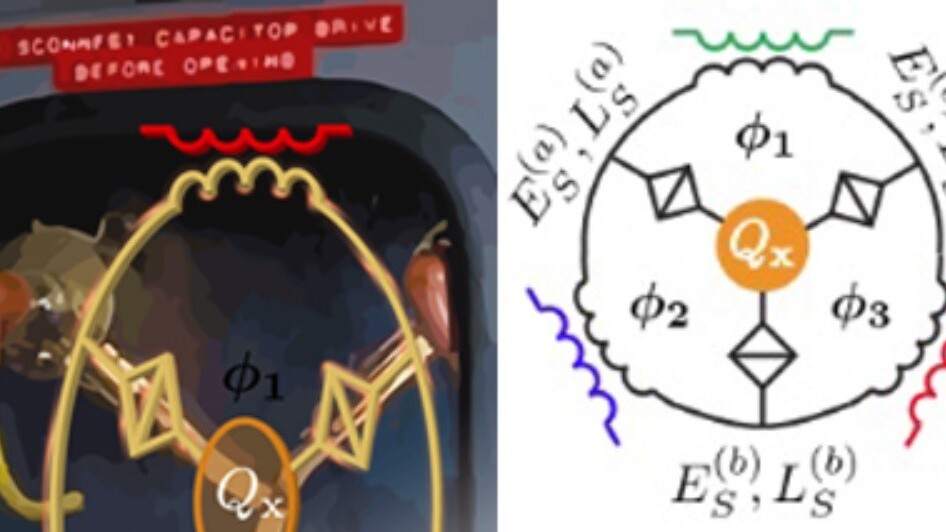
On November 5th 1955 the fictional Doctor Emmitt Brown was hanging a clock in his bathroom when he slipped and hit his head on the side of a sink. As he recovered from the blow, he had a vision: he would build the flux capacitor and thereby make time travel possible.

A not-fictional team of scientists from Australia and Switzerland recently invented one in real life. But don’t go nuts: it breaks time-reversal symmetry, but it does not make time travel possible.
What it does: The real-life flux capacitor is like a tuning fork for quantum systems. It channels microwaves in a specific direction, basically. Scientists think it could be used to fight the noise problem with quantum bits (qubits).
How it works: Just like all things based on the wacky world of quantum physics, it defies the laws of the natural world. In this case, the device whips microwaves around a central capacitor through a process called quantum tunneling.
What it means: When you combine the invention of the flux capacitor with yesterday’s news that time crystals could revolutionize quantum computing, it becomes obvious that today’s scientists enjoy science fiction films. Also, this invention could help usher in the era of useful quantum computers – something, in our opinion, way better than a time-traveling DeLorean.
Get the TNW newsletter
Get the most important tech news in your inbox each week.




